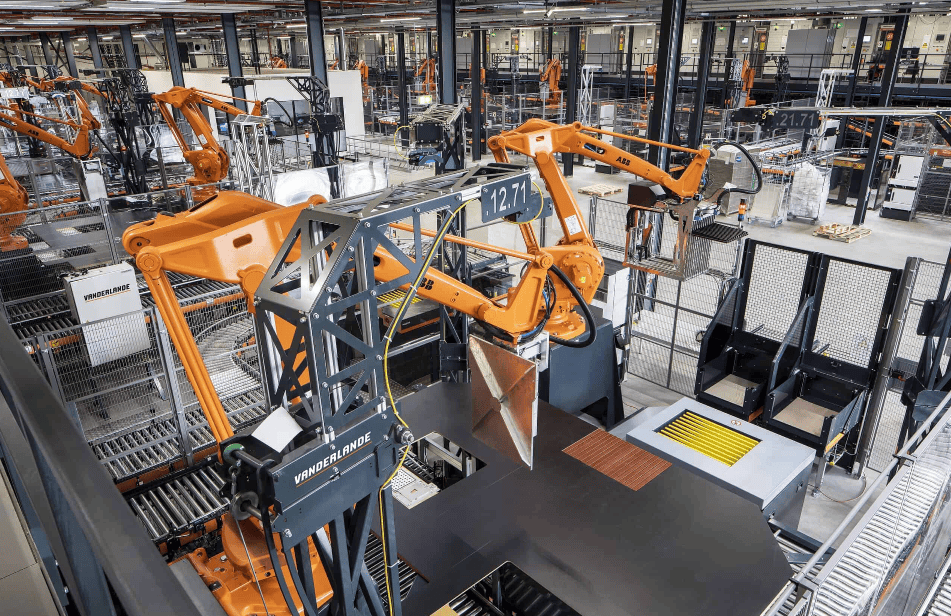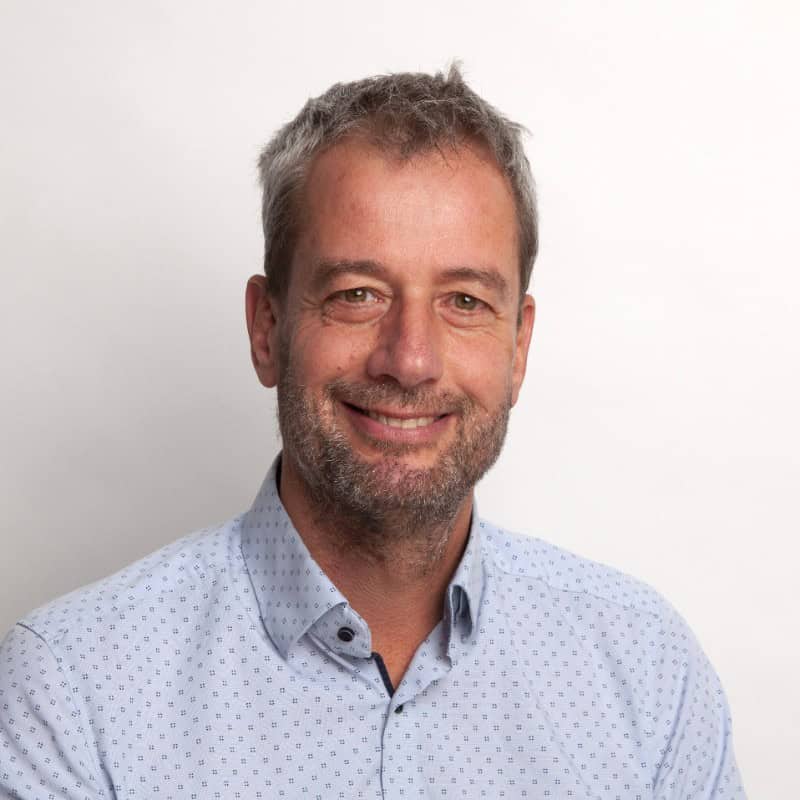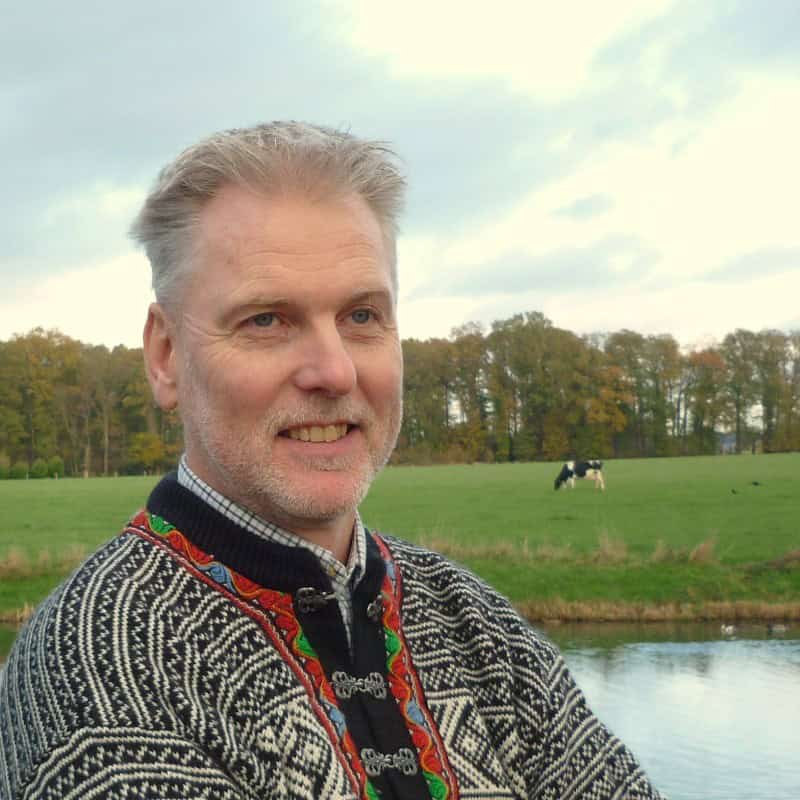
The complexity of our societal challenges is too great for a monodisciplinary approach. Systems Engineering brings together disciplines within the high-tech manufacturing industry and provides much-needed coordination. In a series of interviews with experts from industry and research, we create a picture of the sector’s current state and wishes for the coming years. The guiding principle is the NXTGEN Hightech track, which aims to increase the number of systems engineers for the high-tech manufacturing industry in the Netherlands.
Our manufacturing industry has mastered the art of multidisciplinary design, including mechatronics and robotics. This has enabled us to develop even better, more complex machines, but it has not solved the inherent system complexity. In fact, it has only further increased it.
Systems engineering as a field focuses on managing this complexity. But how do you ensure standardization and scalability of processes while maintaining creativity and agility within this field, which is still developing? Today, Bruno van Wijngaarden (Vanderlande), Maarten Bonnema (University of Twente), and Joris van den Aker (TNO ESI) share their views on the essential role of systems engineering in a world where technology is developing at lightning speed, and companies are operating ever more internationally.
Master-apprentice
Vanderlande, a leading player in the automation sector, is in a crucial transition: the shift from a project-based to a platform- and product-based organization. Bruno van Wijngaarden explains that the traditional master-apprentice method, in which new employees are paired with experienced mentors, is no longer sufficient in an organization that wants to grow and scale quickly. “Our training method is not scalable, so we must introduce new methods. Systems engineering is an essential factor in this.”

With more than 9,000 employees, many of whom are involved in designing and delivering systems, there is an urgent need for a standardized and scalable approach to training and development. “We want to make processes and systems engineering methods much more standardized so that many more people can receive the same training in parallel,” adds Van Wijngaarden. To this end, Vanderlande is also looking to external partners, such as TNO ESI, and education to bring in new employees with the right knowledge and skills.
External partners and education
Joris van den Aker of TNO ESI emphasizes the importance of an integrated approach that integrates network organization, applied research, and education. “We perform applied research on systems engineering, lead studies and networking activities, and provide education and training. These three pillars contribute to developing and accelerating our systems engineering knowledge,” explains van den Aker.

An important aspect of these courses is the broad systems thinking, integrating disciplines such as hardware, software, and business strategies. “The step from a monodisciplinary engineer to a systems architect is quite big. We need development steps that help people understand and deal with the complexity of their daily work,” Van den Aker said. The emphasis is not only on knowledge but also on its application in practice and the interaction with stakeholders.
Maarten Bonnema of the University of Twente concurs, emphasizing that systems engineering should be introduced as early as possible. “In the bachelor’s program, we introduce students to systems engineering. In the master’s program, they can specialize further, but the real work only starts after that, in practice,” Bonnema says. He argues for a combination of theoretical grounding and practical experience, with teachers with industrial experience playing a crucial role. In addition, he sees an important task for universities like Twente’s to discover deeper connections through research so that they can then pass them on to students.
© Maarten Bonnema
The challenge of scalability
One of the biggest challenges facing Vanderlande, TNO ESI, and the University of Twente is the scalability of the courses. “If large companies like ASML or Vanderlande want to train a thousand people, we have a big problem,” Van den Aker acknowledges. Digitization of training offers part of the solution, but transferring domain knowledge and practical experience remains a challenge.
Bonnema adds that a good foundation in a specific discipline (such as electrical or mechanical engineering) is necessary before systems engineering can be taught meaningfully. “Only when you have a notion of how things work within that discipline does it make sense to talk about systems engineering. This begins in the undergraduate, but the real work starts when people work in a company,” he explains. Lifelong learning and engineering doctorates play an important role here.
Knowledge transfer
Methods and techniques for capturing domain knowledge and making it widely available are an essential part of systems engineering, Van Wijngaarden emphasizes. These include requirements management, model-based systems engineering and systems modeling language. “We must make knowledge and experience explicit and capture it in concepts and models. Only with such well-documented concepts and models can we scale up knowledge transfer.” Companies such as Vanderlande are working with educational institutions and TNO ESI to develop and train those methods and techniques.
Van den Aker adds: “Young upcoming systems engineers often have state-of-the-art systems engineering methodologies, languages, etcetera, but not yet the necessary organization-specific domain knowledge and experience of their senior colleagues. By setting up master-apprentice relationships in which senior systems engineers support their junior colleagues, you can accelerate aspiring systems engineers’ growth so that they have both state-of-the-art systems engineering methodologies, as well as domain knowledge and experience.”

Van den Aker agrees with Van Wijngaarden that scalability is an issue in this regard. “Development of leadership skills and reflection in a system-wide context remains an Achilles heel because it takes time, and seniors are often limited in their availability. Broad training programs, such as TNO-ESI’s ‘Multi-Company Systems & Leadership Program’, where participants work in teams under TNO-ESI’s guidance on the company’s strategic assignments with light support from an internal coach, offer a way to solve this issue.”
Another solution direction is in education. The involvement of companies in the training of new talents has to start in undergraduate and graduate programs, Bonnema says. “We have to give students an idea of what kind of companies there are and help them make a choice.” As an example, he cites a joint project with ASML, where ASML employees at different levels are being trained in systems engineering.
Complex challenges
Cooperation between industry, research institutes, and educational institutions is essential to develop scalable and standardized approaches, Van Wijngaarden, Bonnema, and Van den Aker exclaim in chorus. By integrating theoretical knowledge, practical experience, and mentoring, the next generation of systems engineers can be prepared for the complex challenges of the future. Only with a strong involvement of all these companies in education will this succeed. But even then, the challenge for the next few years is to make that pathway scalable. No matter how good the cooperation becomes, the need for fully trained systems engineers in the high-tech manufacturing industry is enormous; it requires a great effort from every educational institute and at all levels.

